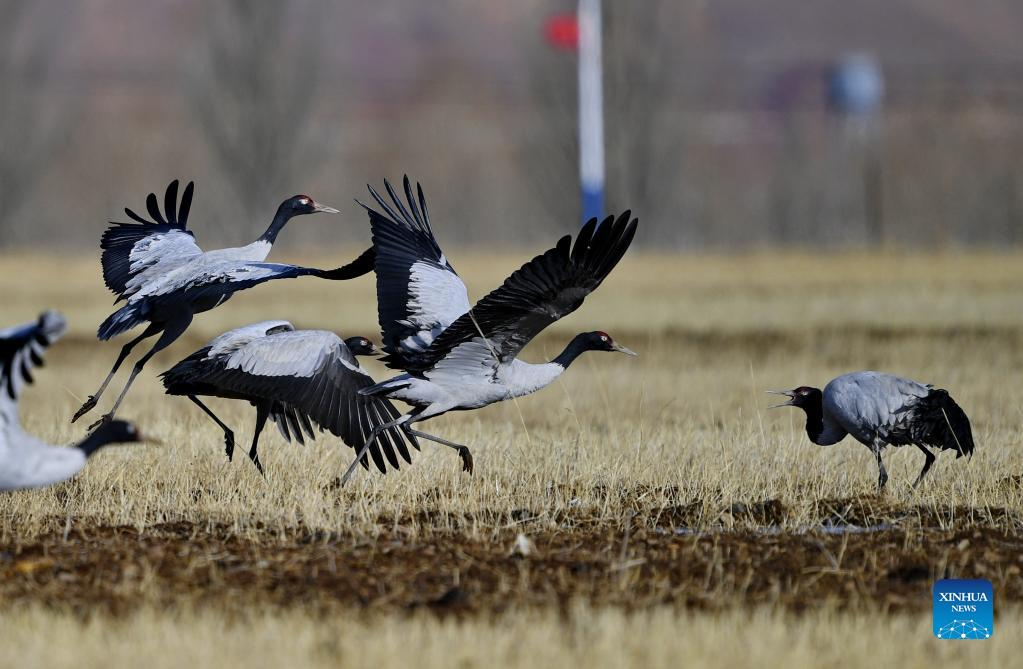
Black-necked cranes sport at a field in Lhunzhub County of Lhasa, southwest China's Tibet Autonomous Region, Jan. 8, 2022. The population of black-necked crane is estimated to reach nearly 10,000 in Tibet, according to the regional department of ecology and environment. (Xinhua/Zhang Rufeng)
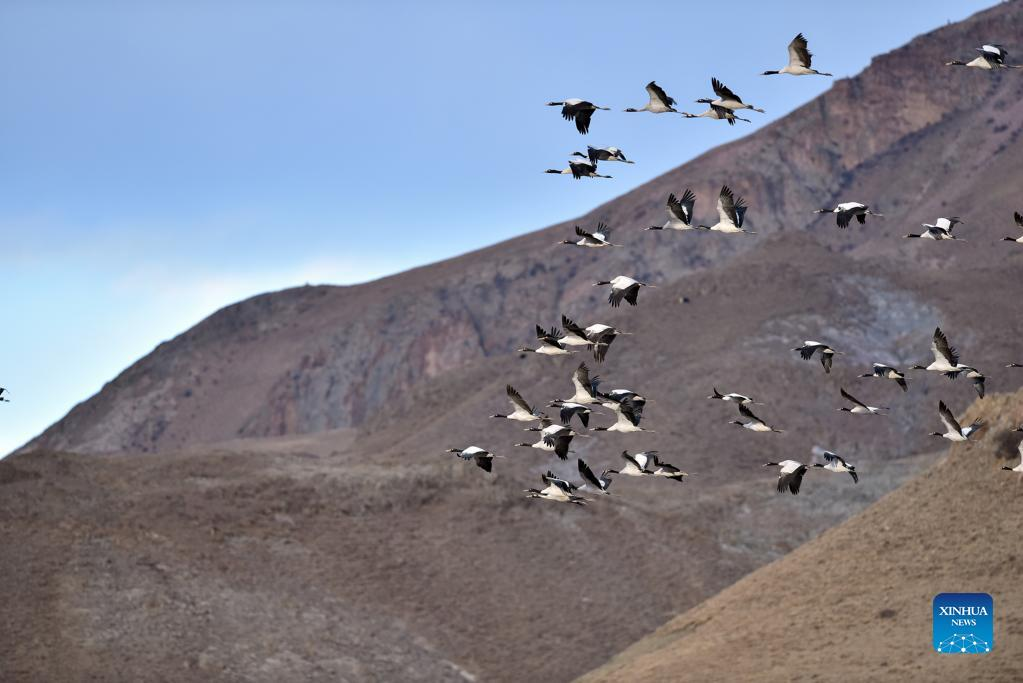
Black-necked cranes fly in Lhunzhub County of Lhasa, southwest China's Tibet Autonomous Region, Jan. 8, 2022. The population of black-necked crane is estimated to reach nearly 10,000 in Tibet, according to the regional department of ecology and environment. (Xinhua/Huang Huo)
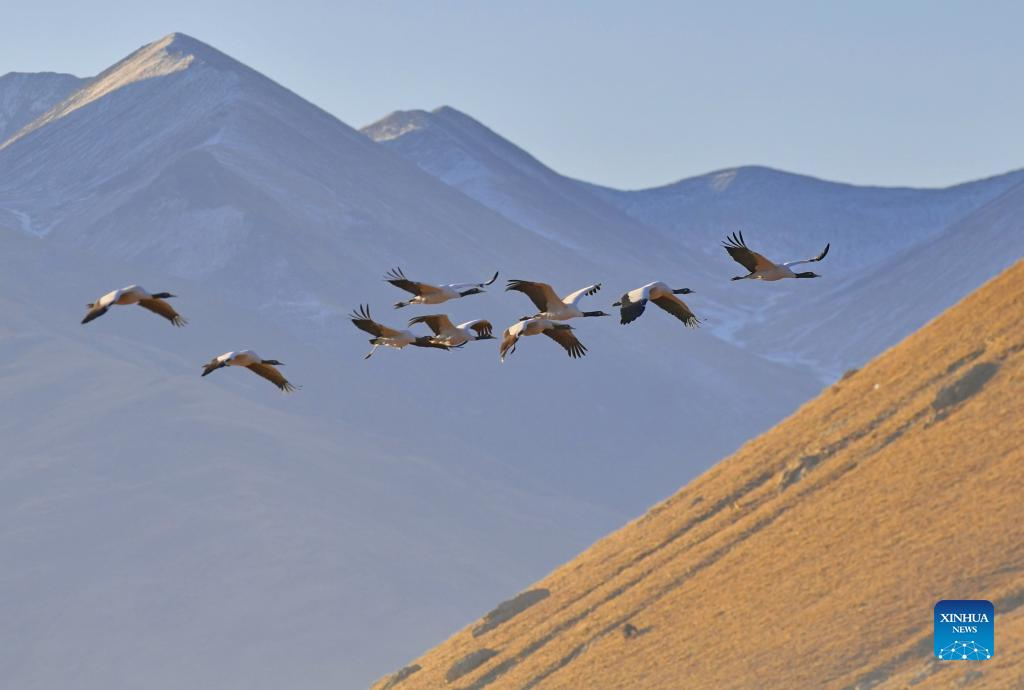
Black-necked cranes fly in Lhunzhub County of Lhasa, southwest China's Tibet Autonomous Region, Jan. 9, 2022. The population of black-necked crane is estimated to reach nearly 10,000 in Tibet, according to the regional department of ecology and environment. (Xinhua/Zhang Rufeng)
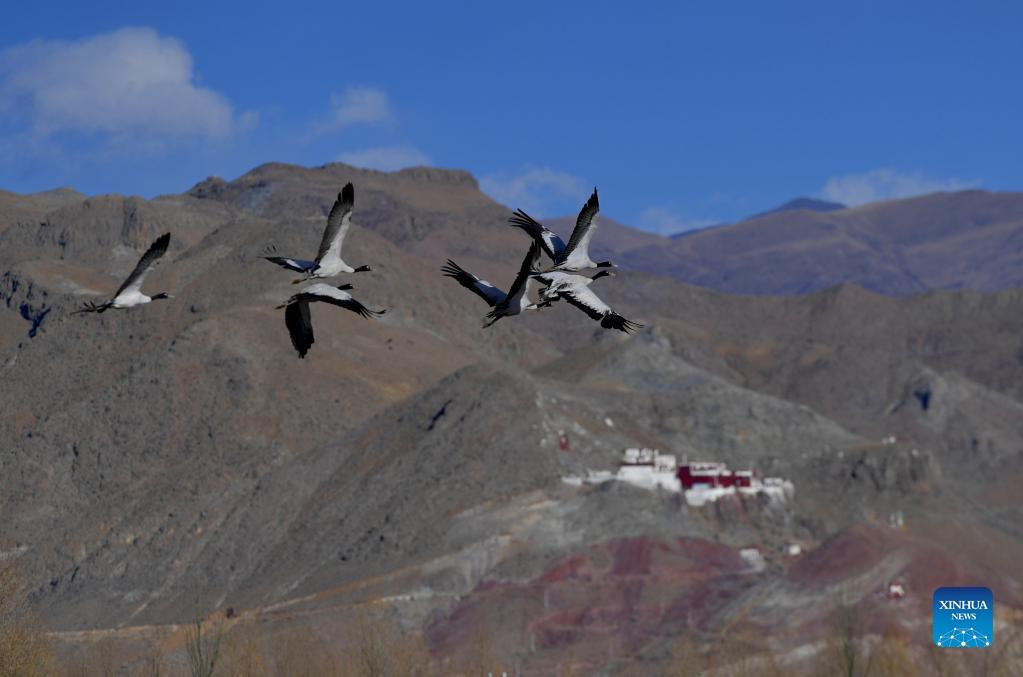
Black-necked cranes fly in Lhunzhub County of Lhasa, southwest China's Tibet Autonomous Region, Jan. 8, 2022. The population of black-necked crane is estimated to reach nearly 10,000 in Tibet, according to the regional department of ecology and environment. (Xinhua/Zhang Rufeng)
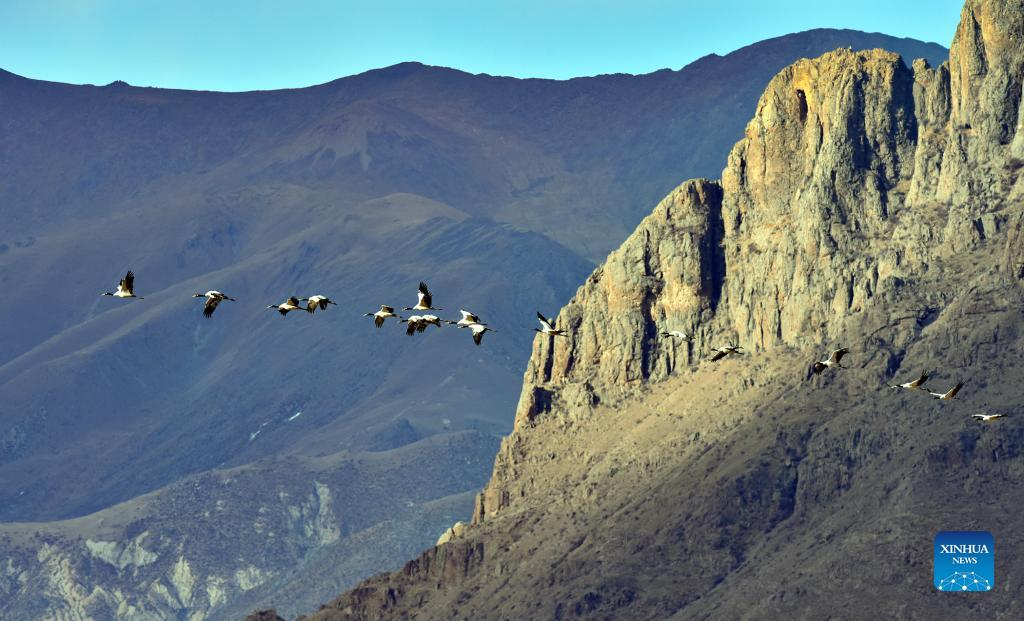
Black-necked cranes fly in Lhunzhub County of Lhasa, southwest China's Tibet Autonomous Region, Jan. 8, 2022. The population of black-necked crane is estimated to reach nearly 10,000 in Tibet, according to the regional department of ecology and environment. (Xinhua/Huang Huo)

Black-necked cranes fly in Lhunzhub County of Lhasa, southwest China's Tibet Autonomous Region, Jan. 9, 2022. The population of black-necked crane is estimated to reach nearly 10,000 in Tibet, according to the regional department of ecology and environment. (Xinhua/Zhang Rufeng)
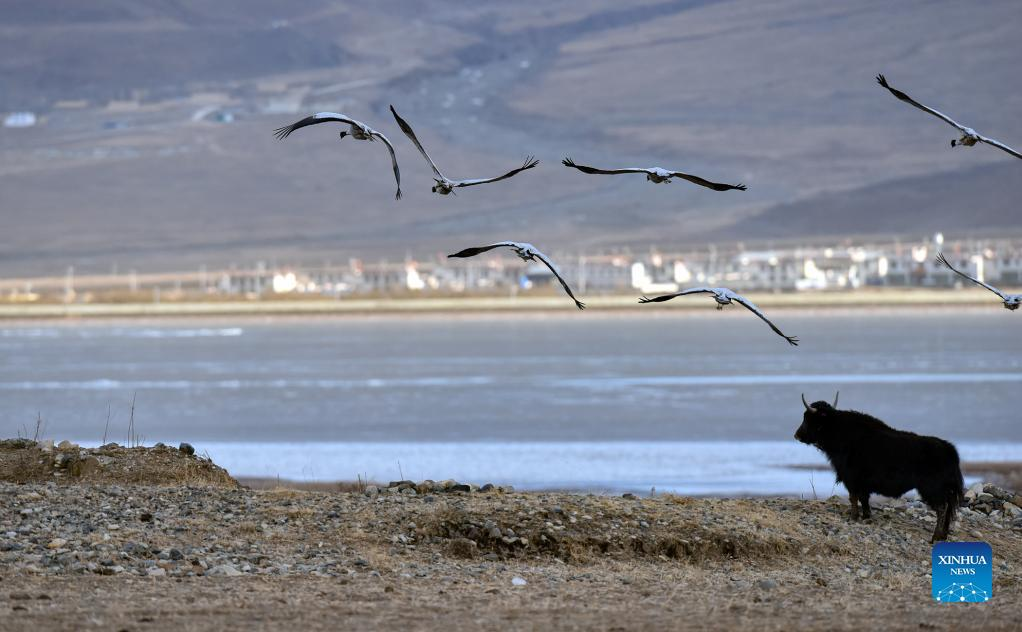
Black-necked cranes fly in Lhunzhub County of Lhasa, southwest China's Tibet Autonomous Region, Jan. 8, 2022. The population of black-necked crane is estimated to reach nearly 10,000 in Tibet, according to the regional department of ecology and environment. (Xinhua/Huang Huo)
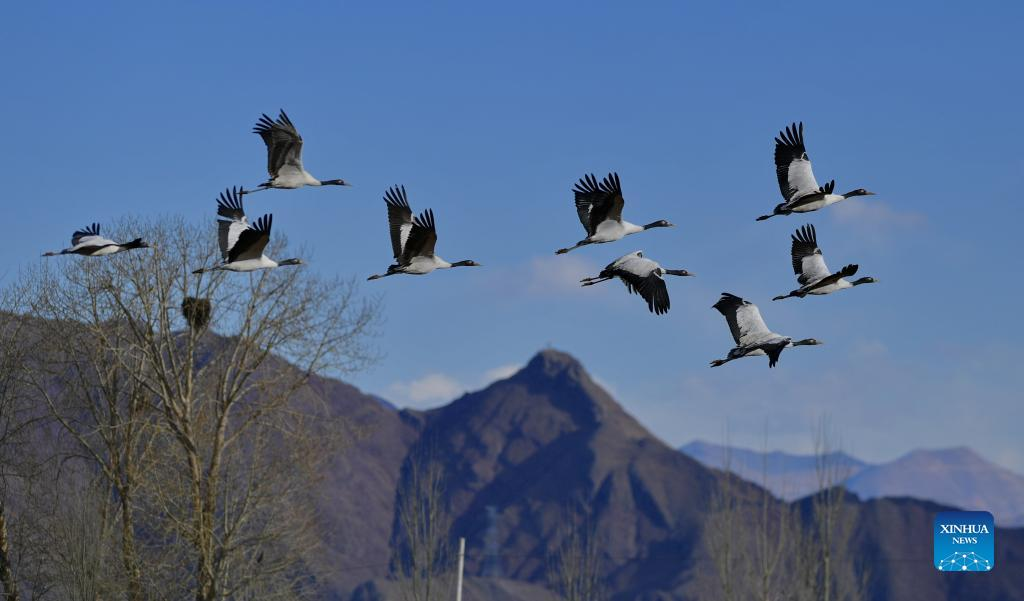
Black-necked cranes fly in Lhunzhub County of Lhasa, southwest China's Tibet Autonomous Region, Jan. 8, 2022. The population of black-necked crane is estimated to reach nearly 10,000 in Tibet, according to the regional department of ecology and environment. (Xinhua/Zhang Rufeng)

Black-necked cranes fly in Lhunzhub County of Lhasa, southwest China's Tibet Autonomous Region, Jan. 9, 2022. The population of black-necked crane is estimated to reach nearly 10,000 in Tibet, according to the regional department of ecology and environment. (Xinhua/Huang Huo)



